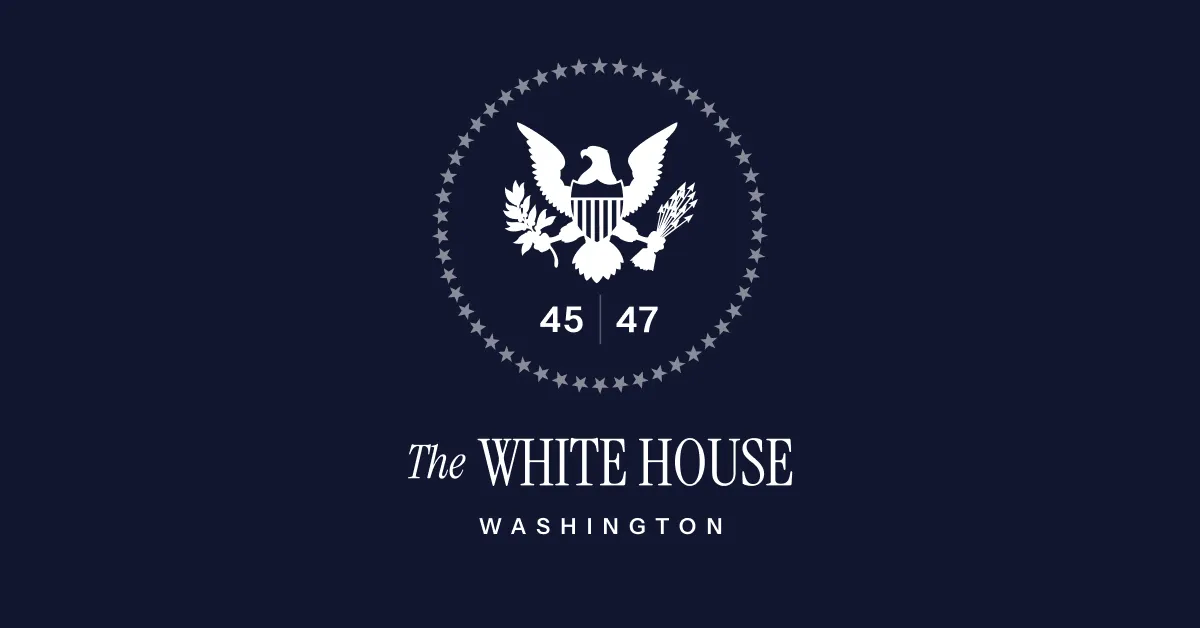
In a bold move aimed at reshaping the future of American education, President Donald J. Trump has issued an executive order that seeks to close the Department of Education and return educational authority to the States and local communities. This decision is underpinned by the belief that the future of the Nation relies on empowered families, engaged communities, and access to excellent educational opportunities for every child.
The order highlights a critical issue: the current model of controlling American education through federal programs and funding has failed to deliver positive results for students, teachers, and families alike. During the COVID-19 pandemic, taxpayers allocated approximately $200 billion at the federal level for schools, adding to the over $60 billion spent annually on federal school funding. Much of this funding is managed by the Department of Education, which has been in existence for less than one-fifth of the Nation’s history.
Established in 1979 at the urging of former President Jimmy Carter, the Department of Education was created with the promise of enhancing educational standards across America. However, the order argues that instead of fostering improvement, the Department has entrenched a bureaucratic system that promotes federal control over education. Despite its considerable budget, the Department does not directly educate students and instead maintains a public relations office with over 80 staff members costing taxpayers more than $10 million annually.
The consequences of this bureaucratic approach are evident in the dismal performance of American students. Recent findings from the National Assessment of Educational Progress reveal that 70 percent of 8th graders are below proficient in reading, while 72 percent fall short in math. This alarming trend indicates that the federal education bureaucracy is not effectively serving the needs of students, teachers, and families.
One of the key aspects of the executive order is the proposal to close the Department of Education, which currently oversees a staggering $1.6 trillion student loan debt portfolio. The order suggests that this function could be better managed by a dedicated entity more equipped to serve America’s students, rather than a federal agency with fewer than 1,500 employees in its Office of Federal Student Aid. The comparison is drawn to Wells Fargo, one of the Nation’s largest banks, which employs over 200,000 people.
The executive order emphasizes a pivotal shift: returning the authority over education back to the States and local communities. The Secretary of Education is tasked with facilitating this transition, ensuring that educational services, programs, and benefits remain uninterrupted for Americans. Furthermore, the allocation of any federal funds must adhere to strict compliance with federal laws, particularly regarding non-discrimination policies that are often cloaked under terms like “diversity, equity, and inclusion.”
In conclusion, President Trump’s executive order underscores a significant shift in the approach to American education, aiming to empower local communities and parents while dismantling a federal bureaucracy perceived as ineffective. This move could potentially pave the way for a more responsive and effective education system that prioritizes the needs of students and families across the Nation.